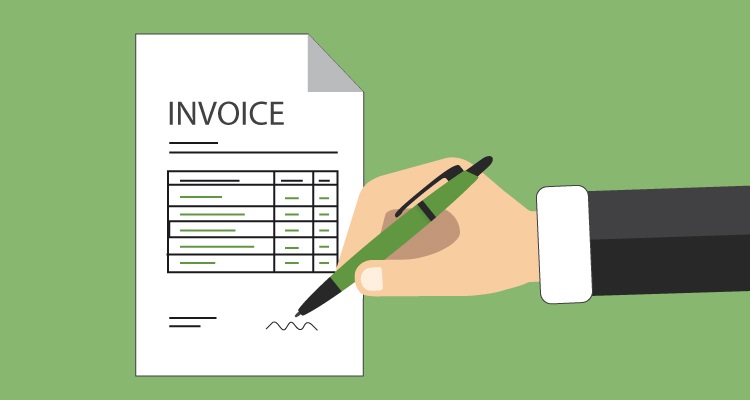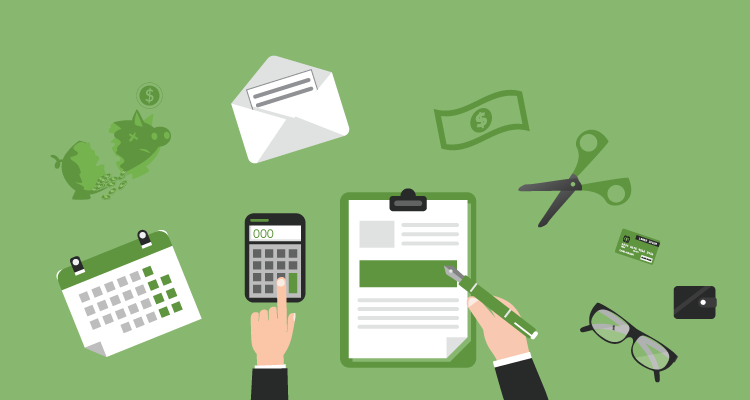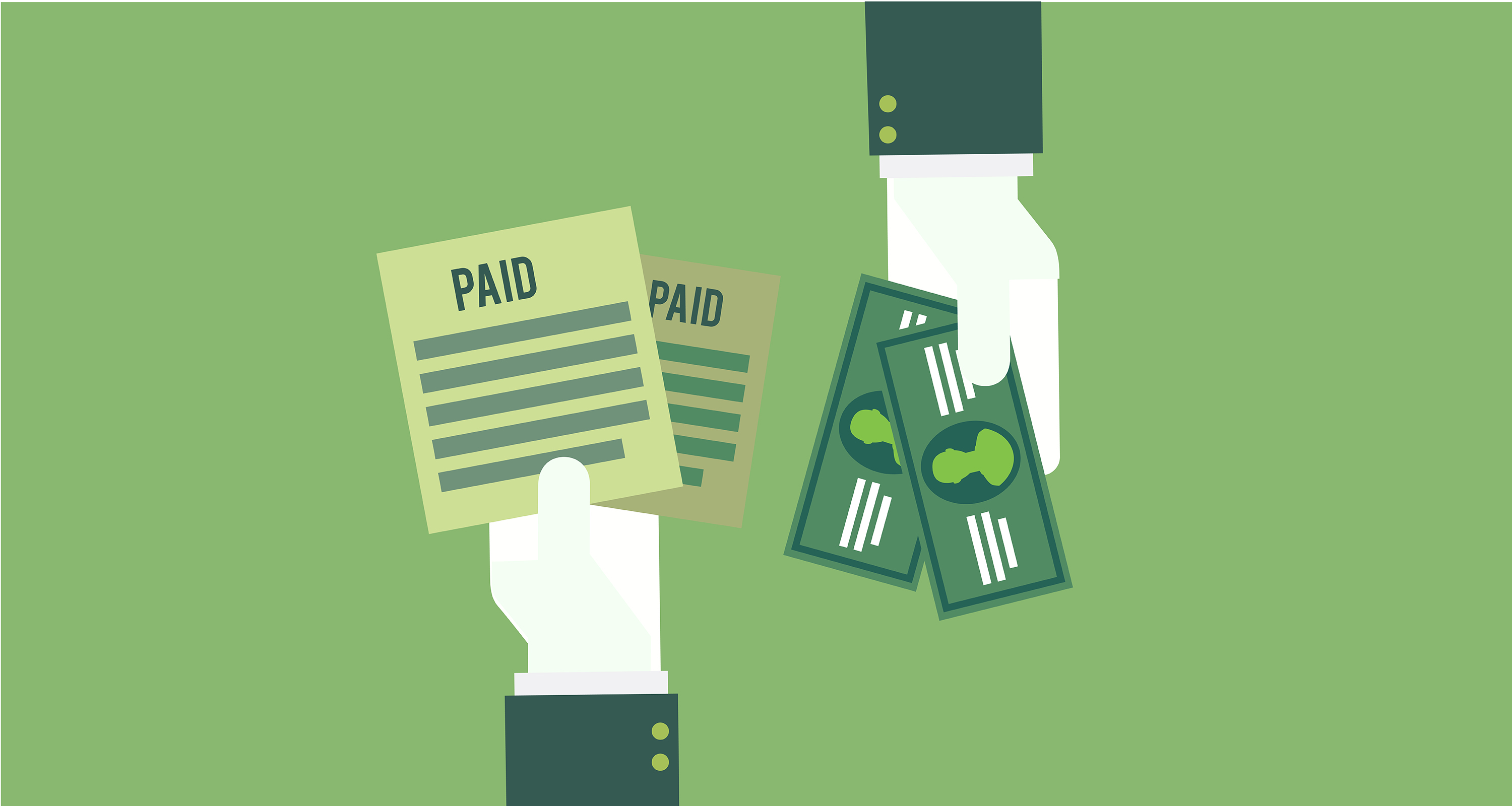If you’re one of the 54 million freelancers in the U.S. you’re completely of the importance of getting paid on-time. If not, how can you expect to pay your expenses?
Unfortunately, it’s a very common occurrence for freelancers to get screwed over by a client. And, that’s never good for business.
To prevent that from happening, here are the steps that you should take if you want to ensure getting paid from a client, as well what to if a client doesn’t pay.
Table of Contents
ToggleTips to Ensuring Getting Paid and Not Played
If you take the following precautionary steps before working on a project, you’ll increase the chances of getting paid by the client on-time.
Be legit.
To be honest, if you want to attract clients in the first place, you need to come across as a professional – which you are! Have a professionally designed website that showcases your previous and testimonials from existing clients. Have a social media presence. Always treat your clients with respect. Use your manners like ‘please’ and ‘thank you.’ Finally, communicate with them often – even if it’s just a weekly check-in to say ‘hi.’
Don’t give your client any excuse not to pay you for your services. If you’re not taken seriously as a professional, then why would your invoice be a priority for the client?
Research your clients.
Another thing you could do right from the start is put on your Sherlock Holmes cap and do some research on your clients. If you notice that you could be dealing with a problem client before you agree to any work, you can prevent the headache that comes along with being shifted.
Fast Company shares several types of problem clients that you should look out. These include:
- The chaotic client. This is someone who cancels meeting, runs late, and makes your life a frenzied mess.
- The clueless client. The individual who has no idea what they want and fails to explain the scope of work.
- The jerk. Trust your gut on this one. You should spot jerks immediately.
- The cheapskate. The client who tries taking you into a giving them a lower rate.
- The big bore. A work opportunity, or client, that doesn’t excite you all that much.
If you can’t spot problems, you can always ask any in your network if they have had experience with the client or simply search for them online. Maybe they post inappropriate updates on Facebook. That could be a red flag that this is someone you don’t want to deal with.
Have a contract in place.
According to Stephen Fishman, legal expert and author of the book Working for Yourself, “A written contract doesn’t have to be a really long involved legal document, which people tend to get intimidated by.” It should cover the fundamentals so that both parties are protected. These fundamentals should how much you’ll be getting paid; the scope of your work; who owns the work; and when the project should be completed.
A contract should also outline your payment terms, such as the payment method, time limit, and amount that you want up front. For example, you may expect to be paid through eCash 30 days after the invoice has been sent. You also may require a 25% down payment. Other terms should mention a discount if paid before the due date and the repercussions if the payment is late.
One final word regarding contracts. You may have to negotiate. For example, if you want to be paid within 30 days, but the clients usually pays in 90, both parties could agree on 60 days.
Retainers. Deposits. Up front payments. Oh my!
While you probably won’t be able to receive the entire payment in advance, it’s normal for freelancers to require a percentage of the final payment up front prior to beginning a new project. For example, your contract or written agreement could stipulate that you must have a 25% down payment as sign as the project is agreed upon. You’ll then receive another 25% midway through the project and the final 50% when the project is completed.
If you’re going to be working with a client for the long-term, you may want to a agree on a retainer. This is common for professionals like lawyers or accountants who basically need to be on stand-by for a client. You can either receive one advance payment or set-up a recurring monthly payment. If you go with the latter, you can use services like our own Due to automate recurring payments.
Offer flexible rates, discounts, and payment methods.
Sometimes a client can’t afford your rates. And, you may have to refer that client to another freelancer who is more affordable. But, what if the client is really interesting and just launched a startup that you could get behind? You could consider negotiating your rates so that they can afford your services.
Besides being flexible with your hourly, project, or retainer rates, you may want to offer clients discounts if the pay on time or a percentage off before they’re a friend or family. You don’t want to make this norm. But, it’s a way to speed up the payment process.
You also want to make it easier for your clients to pay you. If you only accept PayPal and they don’t, how do you expect to be paid. If you accept multiple payments methods, you’ll increase the chances of getting paid.
Make invoicing a priority.
Invoicing isn’t sexy. And you would rather spend that time working than creating and sending out bills. But, it’s one of those additional tasks that freelancers must to do if they want to keep the cash flowing.

Whenever you complete a project, send out the invoice immediately. If you have multiple clients, you may want set aside one day per week for invoicing. Remember, the less time time between completing a project and invoicing means the faster you’ll get paid.
Sending out invoices is just part of the equation though. You also want to make sure that the invoice has been sent to the right person (aka the person paying the bill), includes your contact information, details what exactly you’re invoicing the client, and clearly state when payment is expected.
Bonus tip: If you don’t want your invoice to slip to the bottom of the pile, add a personal touch to your invoices, such as a unique logo or a little humor that matches your brand. And, to put an exclamation point that you want to get paid send the invoice to the client through email, snail mail, and even a phone call.
Never work for free.
Let’s keep this short and sweet. Never work for free. If you haven’t gotten paid by a client, stop work immediately and don’t resume until they’ve paid your invoice in full. You could spend that time working on a project that actually pays on-time.
Implement a follow-up system.
You should have a game plan in advance for the situations when an invoice is late – instead of scrambling at the last minute. Typically, this starts with following up with the client through email even before the invoice is due. You can automatically send the client a friendly reminder that the due date is a week away. If that fails, you send out a more formal email reminding them that the payment is past due. In some cases, it could have been a minor oversight and the client you’ll pay you asap.
But, what if that follow-up system doesn’t work?
What Happens When a Client Doesn’t Pay?
One of the most gut-wrenching feelings as a freelancer is turning over a project, sending out an invoice, and play the waiting game. Instead of not taking action, here are some ways that you can handle a non-paying client.
Get to the bottom of what’s going on.
First things first. Don’t jump to any conclusions. It’s frustrating when a client not only lets an invoice go past the due date, but also ignore the follow-up email. While there’s a very good probability that the client is avoiding you, there could also be a valid reason why you haven’t been able to get in touch. Maybe they went on vacation and forgot to pay you. Maybe they got in a car accident and have been in the hospital.
If the client doesn’t respond to emails or phone calls, keep trying. Your persistence could eventually get on the nerves and they’ll finally cave-in and get back to you.

However, you should also contact someone else. It could be their assistant or partner. If the client was in an accident, the person you’re talking to could rely that information and maybe even make arrangements for you to get paid.
Let’s say that you do in get touch with the client and you find out that they have been dodging you because they fell on tough times. You may be able to offer a discount or set-up a payment plan that they can afford. It may take longer to receive your full payment, but having some cash come through the door is better than nothing.
Recruit a ‘bad cop.’
Some of us don’t have it in us to chase down a client. Either we’re too busy or just too nice to be that affirmative. In that case, you may want to recruit a ‘bad cop.’ It doesn’t have to be some specialist. It could be your spouse, colleague, best friend, assistant, or anyone who is more assertive than you are.
Hand over the debt to a collection agency.
I wouldn’t always recommend going this route because collection agencies can be pricey – and by pricey I mean as much as taking 50% of the payment. However, if you’re frustrated and are tired of playing with this client, then why not let someone else handle collecting the debt?

If you want to turn to a collection agency, visit the Commercial Collection Agency Association’s website for more information.
Take legal action.
Again, this may always be worth it to go in this direction, but if you’re owed a large amount of money, then you may have to take legal. Fortunately, this doesn’t always mean taking the client to court. Legal steps you could take include:
- Having your attorney write the client demanding payment.
- Suing the client. If the amount owed is under $7,500, you would take the client to Small Claims Court. If you are owed a substantial, you would head to Superior Court.
- Instead of suing, you could take the client arbitration. You can include this in your contract which would mean that an arbitrator and not a judge would rule on the matter.
If you are forced to take legal action, make sure that you do some homework and see the court policies are in your state. Nolo.com is a great place to start your research.
Know when it’s time to cost your losses.
If you’ve exhausted, or finally have faced some hard truths, you may have no other choice than to just go ahead and cut your losses. Fox example, if the debt is only a couple of hundred dollars, is it really worth it to chase down the client and spend more money trying to recoup the debt? What if the client has gone bankrupt? Or, you finally admit that there’s no possible way that the client is able to pay you.
Sure. It stings a lot when you basically worked for free. But, unfortunately, it may be your only option. However, if you knew what type of client you were dealing with in the first place and secured a down payment, if probably won’t come to this conclusion.















